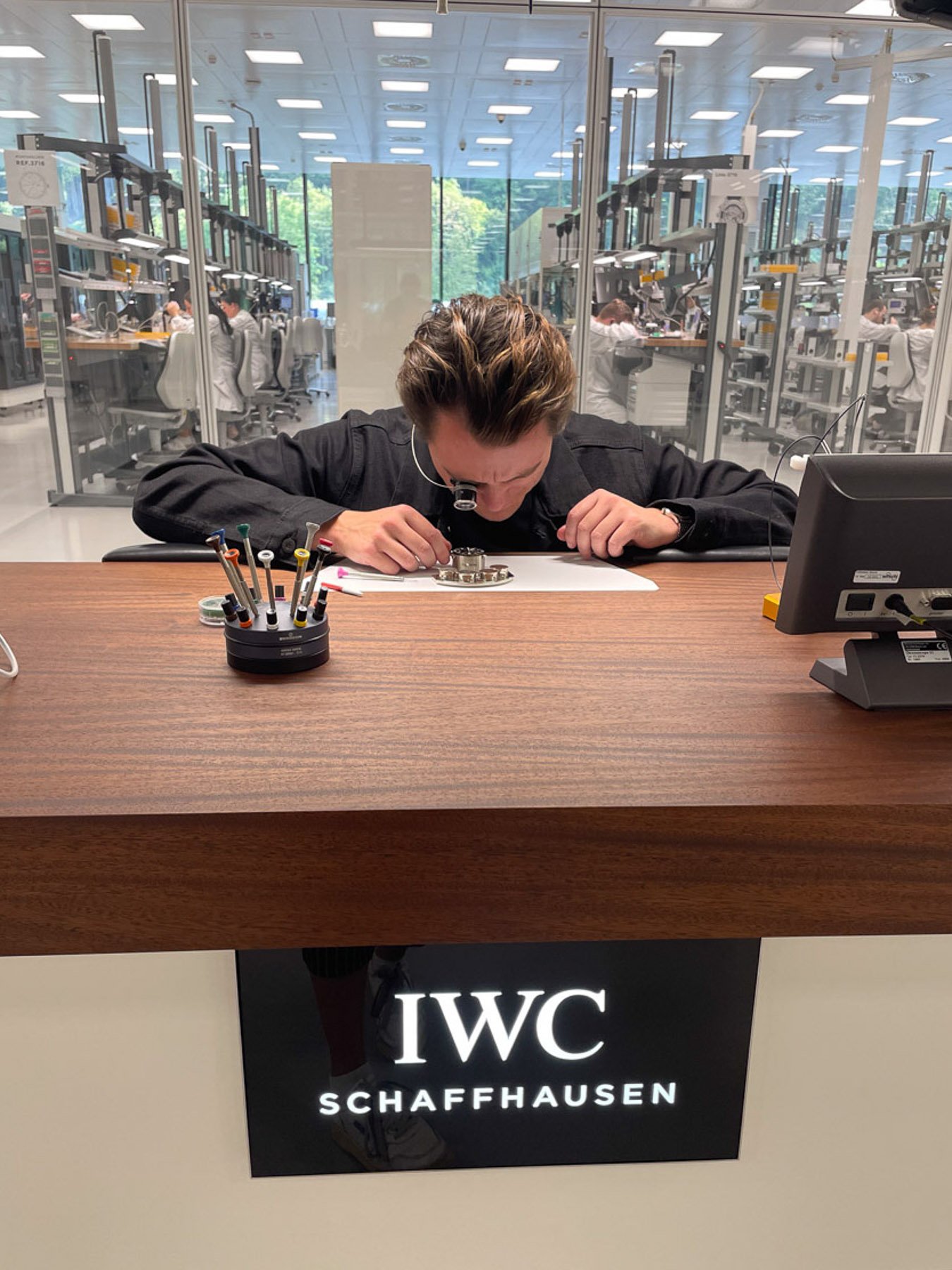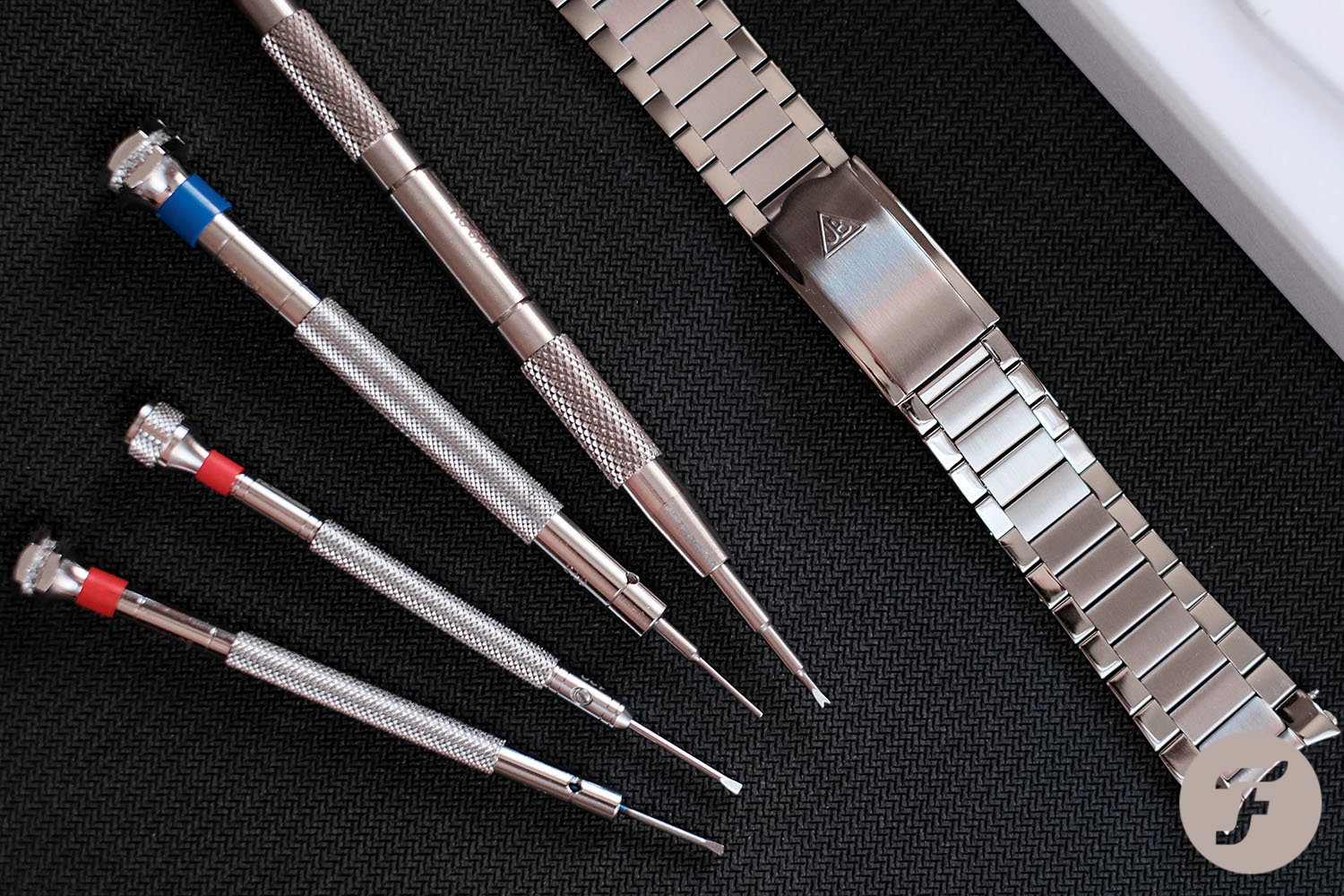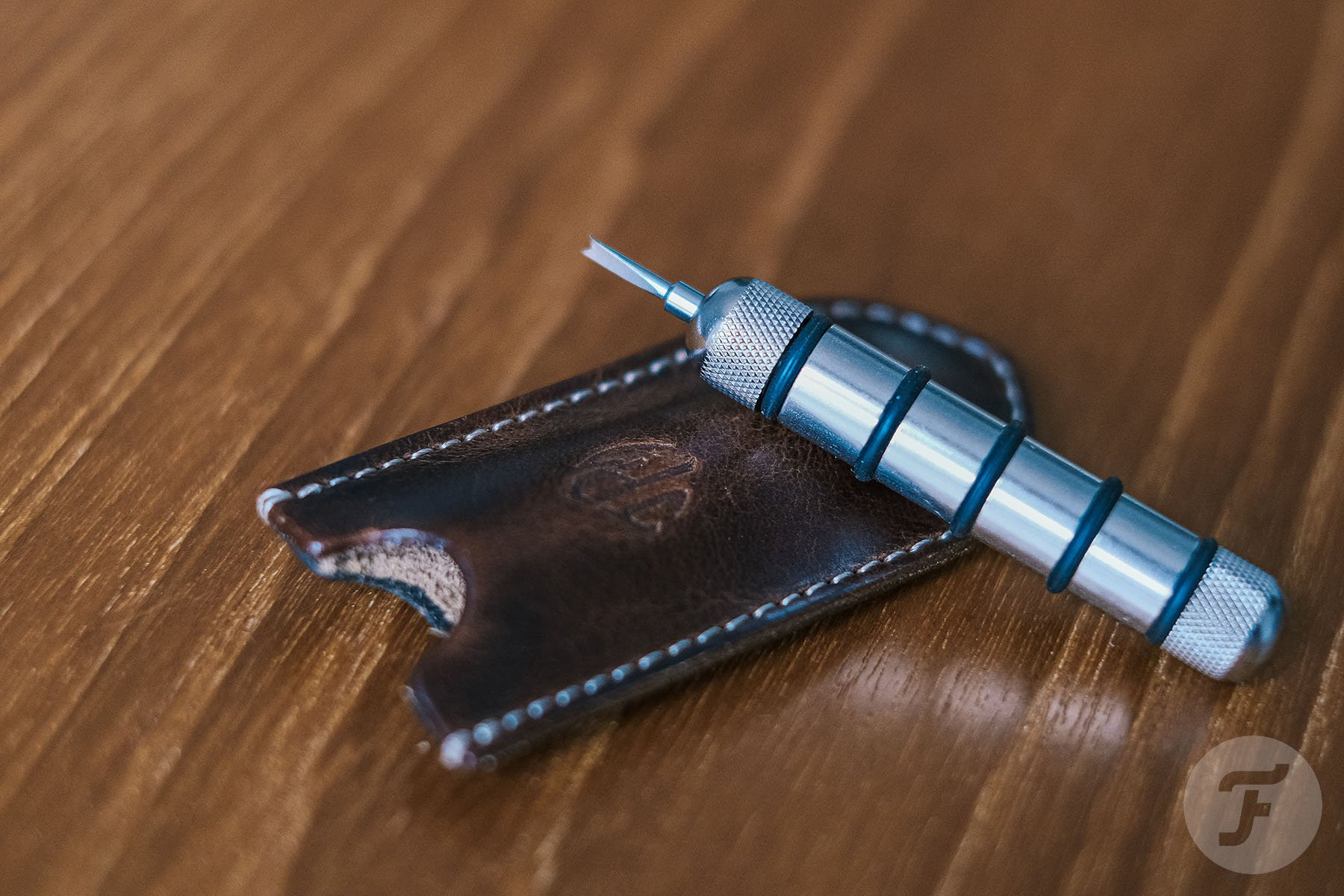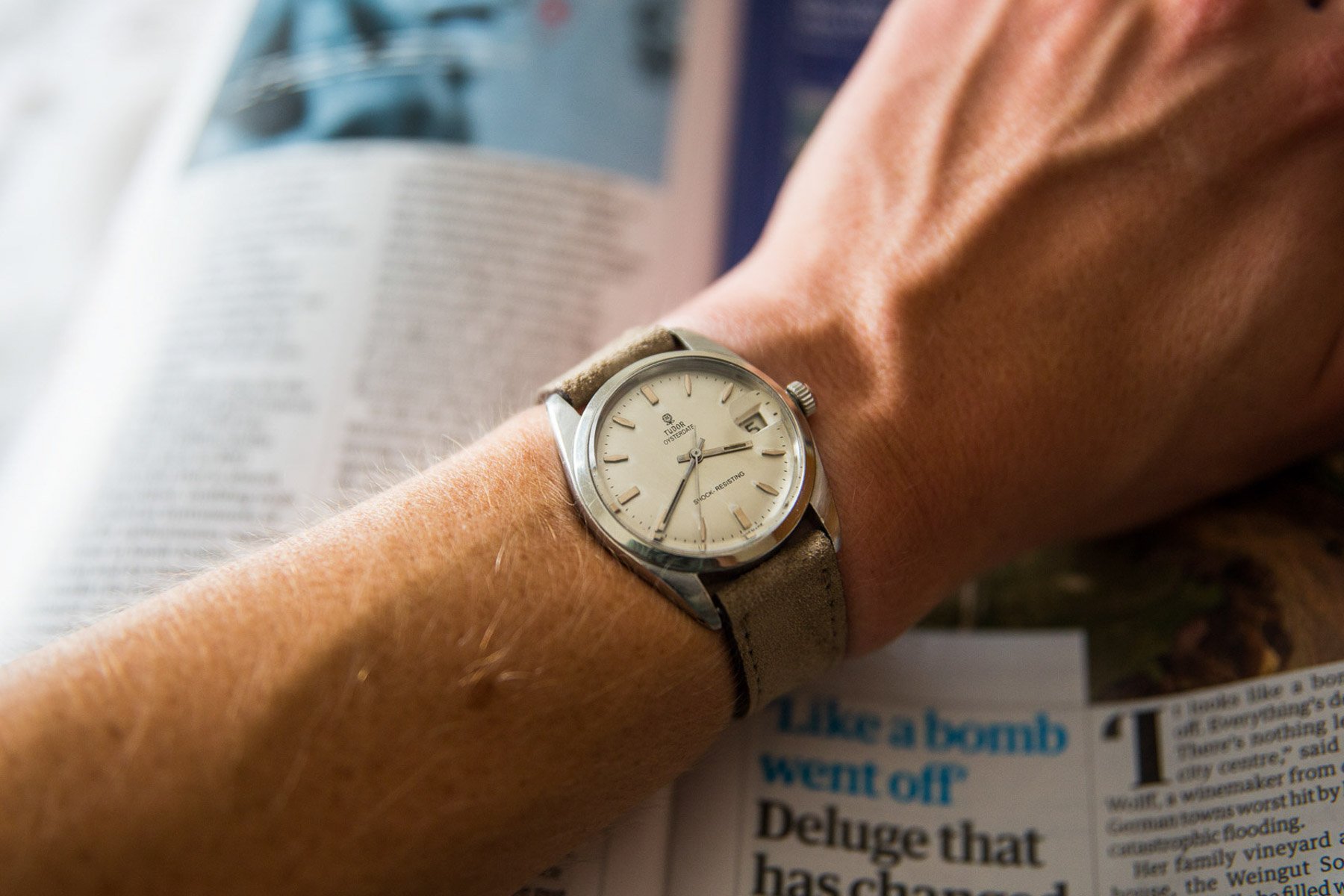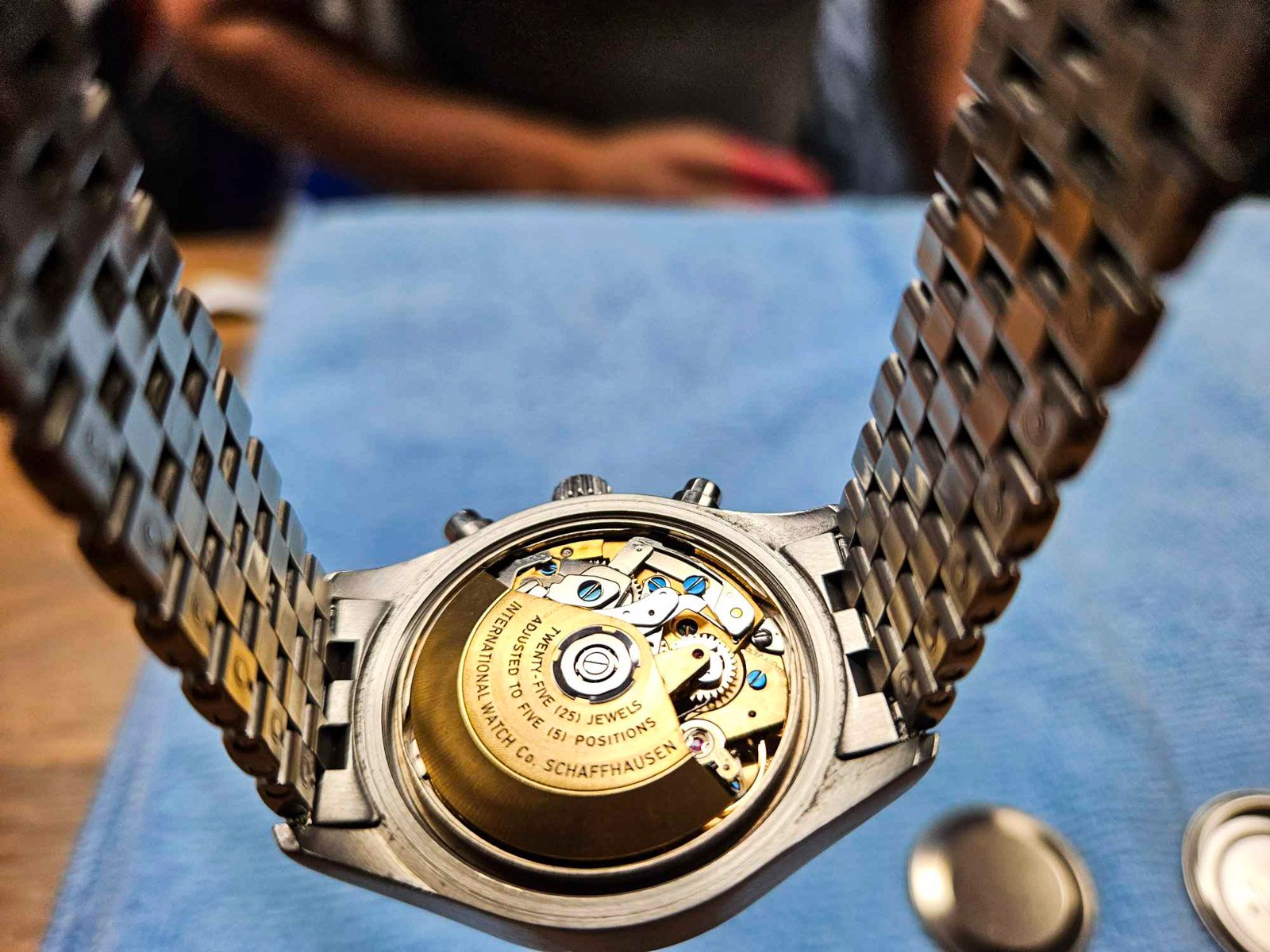Back To Basics: What Are Some Essential Watch Tools?
We love our straps here at Fratello and offer a wide variety of great options. But what about essential watch tools? Is it worthwhile to spend more for a higher-grade strap-changing tool, and what is a good starting point? This article will introduce the basics. Read on.
I don’t know about you, but when I first got into this hobby I was daunted by the prospect of changing a strap or a bracelet. Heck, I wasn’t even ready to start considering changing the bracelet length yet. This was a challenge because my first new Swiss watch (a Doxa Sub 200 Sharkhunter) had come on a factory bracelet that was way too long for my small wrists.
Essential watch tools
I remember when I pulled it out of the box for the first time. It was an incredibly exciting moment. And then my heart sank, just a little, as I realized I would need to go to a watch shop in the city to get the bracelet adjusted. I didn’t even know we mere enthusiasts could adjust the length of bracelets ourselves from home at the time. This was 2019, and I was very new to the hobby.
Fast-forward to now, and I have a little more experience, mainly because I’ve made lots of mistakes and foolish errors. Whether those mistakes have been motivated by arrogance or youthful optimism doesn’t matter; the main thing is that I have learned something. Well, this Back To Basics article is aimed at those of us who are quite new in the community, but it’s also a call for tips from those who have experience! So let’s keep things friendly and welcoming!
The most important tool of all
The first tool you need comes from within yourself. It is patience. As Yoda says, “Patience you must have.” Most of the mistakes I’ve made that have led to scratched lugs and cases or issues with the wrong spring bars on the wrong watch (this can be a significant issue, as I’ll explore later) have all been caused by impatience. Patience is the state of mind to research how to change a strap or how to shorten a bracelet and remove links. Patience is your first, most important, and forever-evolving tool. Use it well.
OK, so you’ve used that patient mindset to hop on YouTube and learn about changing a strap. But now you need to go out and buy a strap-changing tool. This is your second tool (after patience). Here’s the next dilemma. Do you go for something expensive or for the cheap tool you’ve seen online? Long story short: go for the expensive option. I’m the first one who would tell you to save your pennies where you can (for example, exploring secondhand and vintage watches as opposed to modern counterparts). On tools, don’t scrimp.
Ouch… my thumb!
My first watch tool was an affordable unit from eBay, some unknown brand’s copy of a Bergeon strap-changing tool. What I managed to do within the space of three minutes was scratch up the case of my Seiko dive watch, stab myself with great alacrity in the thumb, and invent several new forms of swearing. I have since upgraded to a Bergeon 6767, like this one.
As you can see in the image above, high-quality spring bar tools can also come in small sizes for travel. They are worth investing in. Do not put yourself through the pain of a sore thumb or, worse, a scratched-up case.
Realize you are constantly learning
So, you’ve managed to change your first strap. Now it’s tempting to let that confidence seep in and turn into arrogance. Don’t let this happen. Your third tool, young apprentice, is a spare set of spring bars. Yes, promptly go and buy a spare set of spring bars (preferably from the manufacturer of your new watch) and keep them handy for when you lose one changing a strap. As it flies across the room in the air, you will thank me. And you will lose a spring bar, I 100% guarantee it.
Realize you are constantly learning. You see, when I had been changing straps around for a few months, I bought a secondhand Tudor Oysterdate on eBay. It was in fantastic condition and even came with the original Rolex spring bars. Since the watch had holes drilled into the lugs, I could pop them out easily. The issue was when I mixed those spring bars up with another watch that didn’t have drilled lugs. The spring bars did not have the stepped construction necessary for the strap-changing tool to cling onto them. So, unfortunately, I had to take that watch and get those beautiful Rolex spring bars sawed off the case. They’d lasted decades on the Oysterdate, and it took me a few months to kill them. I’m sorry, Rolex spring bars (they’re probably in a better place).
Build a checklist that suits your needs
OK, so now you have patience, a high-quality strap-changing tool, and a spare set of spring bars. The next item on your list of watch tools should depend on where you are in your watch journey. Have you started with vintage watches? Then it’s off to the store to get some Polywatch polish for you. Or are you a keen buyer of watches new and shiny, with boxes and all? If you’re in that camp, then consider how you’re going to adjust those modern bracelets. Invest in some good-quality screwdrivers.
Either way, you will also probably want to get a loupe at some stage. This isn’t just a practice in squinting and seeking out blemishes on your watch dial or admiring the type of font used at 40× magnification. No, it’s also a great aid when you need to do something that requires a detailed view, like removing or reinstalling those tiny screws often used to hold links in modern watch bracelets together.
Final thoughts
Now you have started your journey to becoming a master tinkerer. Next, you could seek out a timegrapher to check your watch’s accuracy, or you could get one of those rubber balls that can take a case back off and make it look easy. As you can see in the image above, having a look at the movement behind the all-metal case back of your watch can be a fun exercise. With those tools, you could probably stop right there and be content. The truth is, you just don’t need all that much to be content! Just remember, buying quality tools that will last is always worth it.
In any case, I would appreciate getting your tips, dear Fratelli. What are some of the tips and tricks you have come across in your collecting journey? One I heard recently, which sounded like a rather good idea, was using tape when changing straps so you don’t scratch your watch to smithereens. It’s one of those tips that can make you wonder, “Why didn’t I think of that?” Let me know about your good ideas in the comments.

